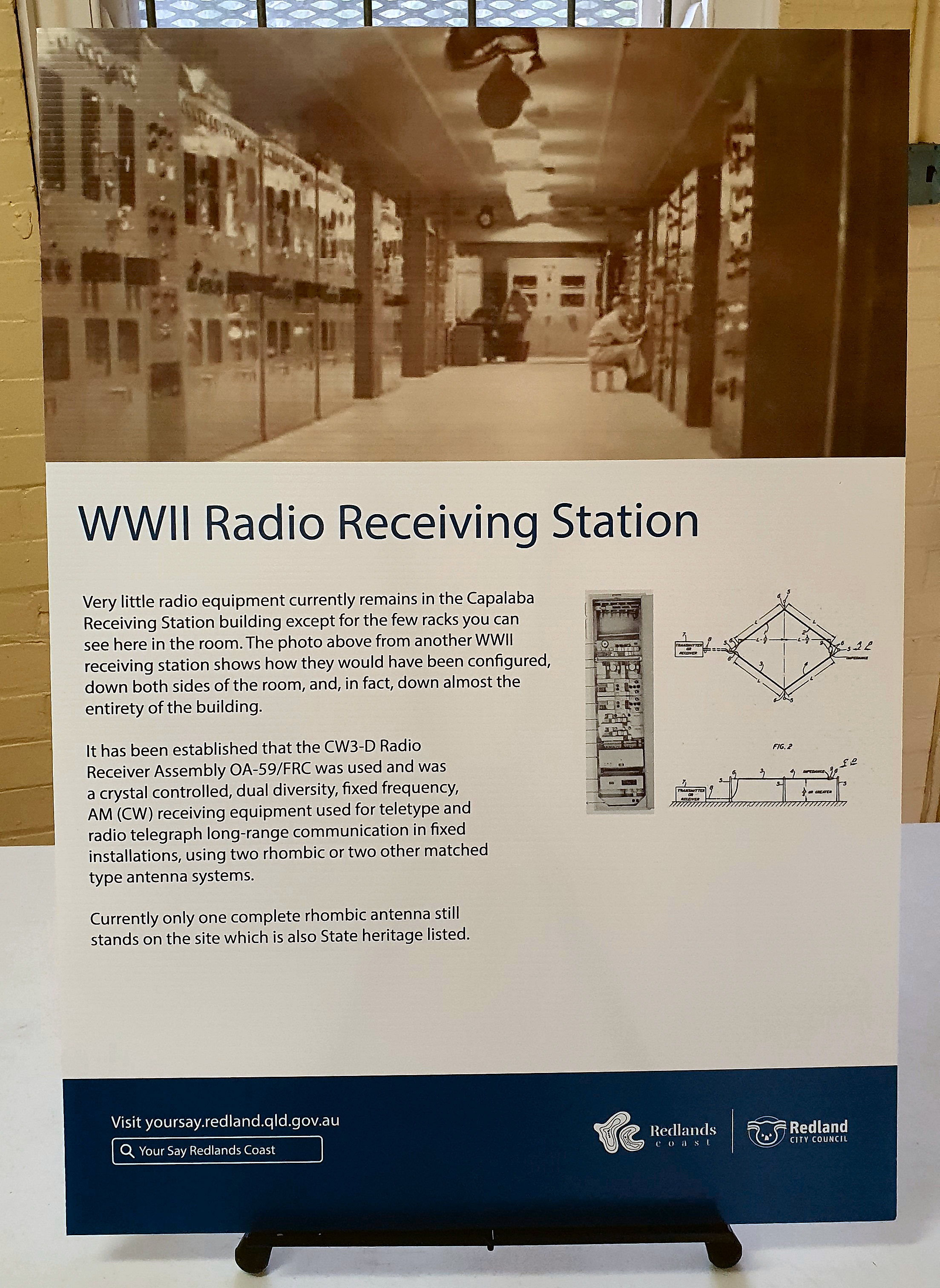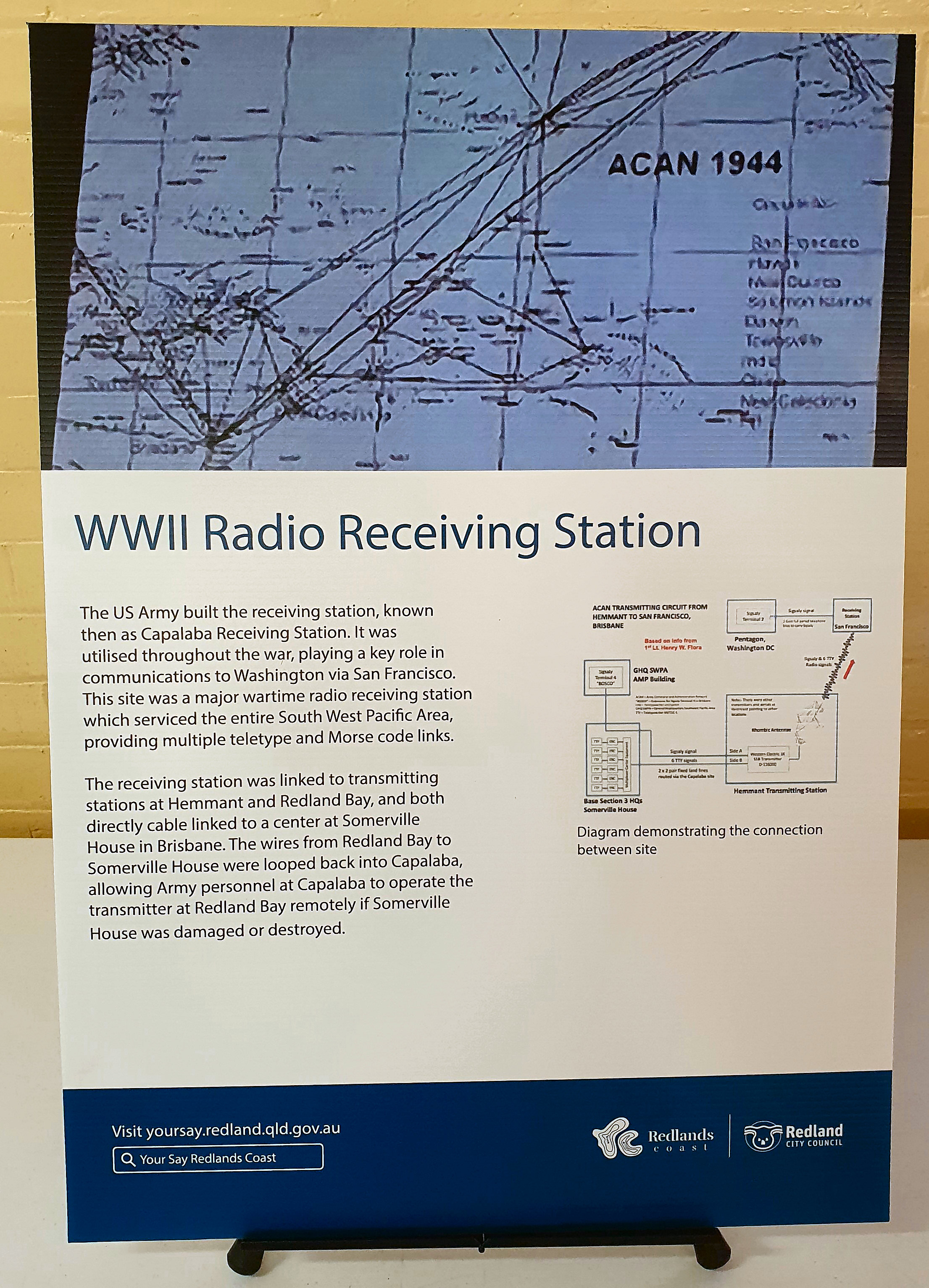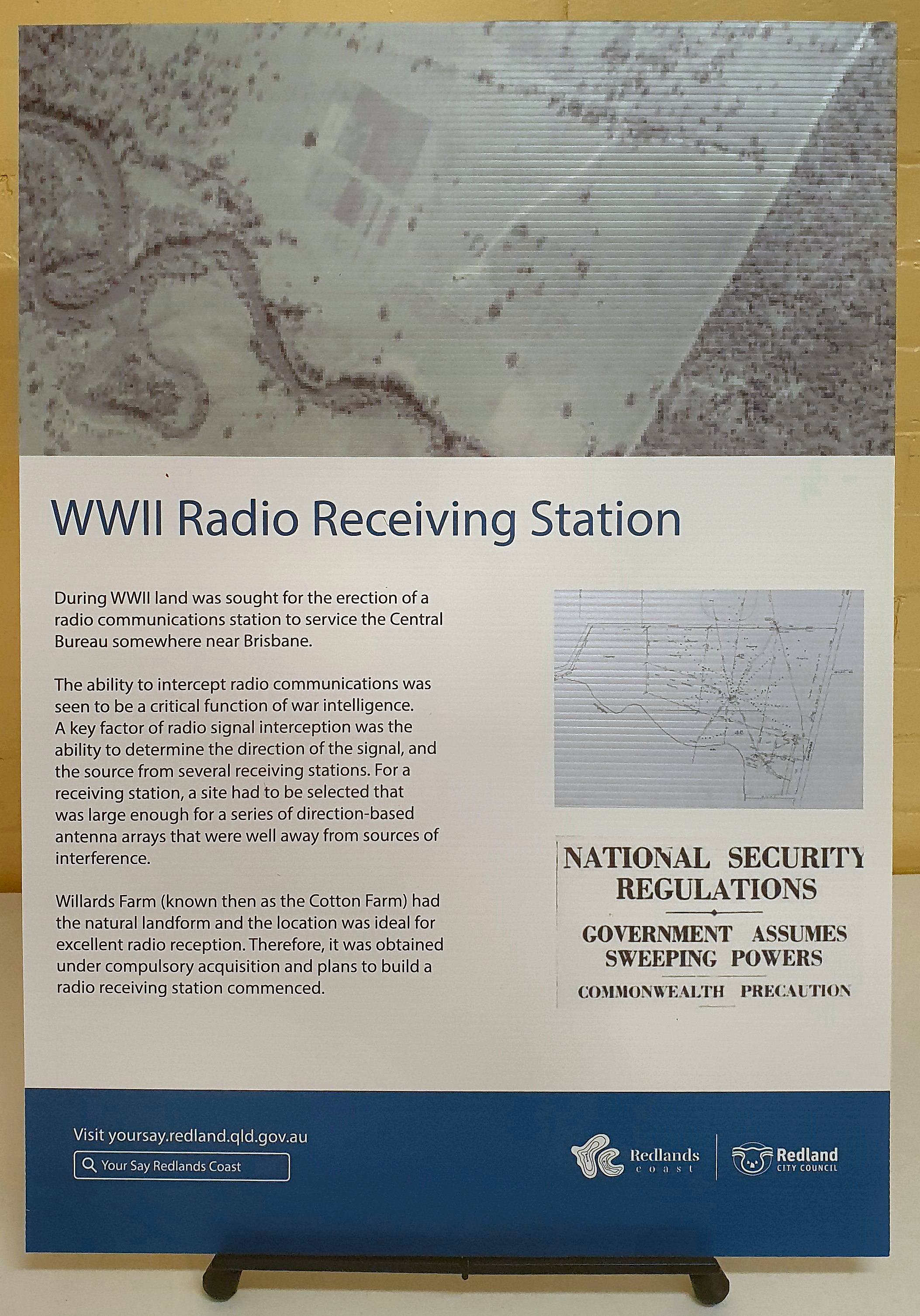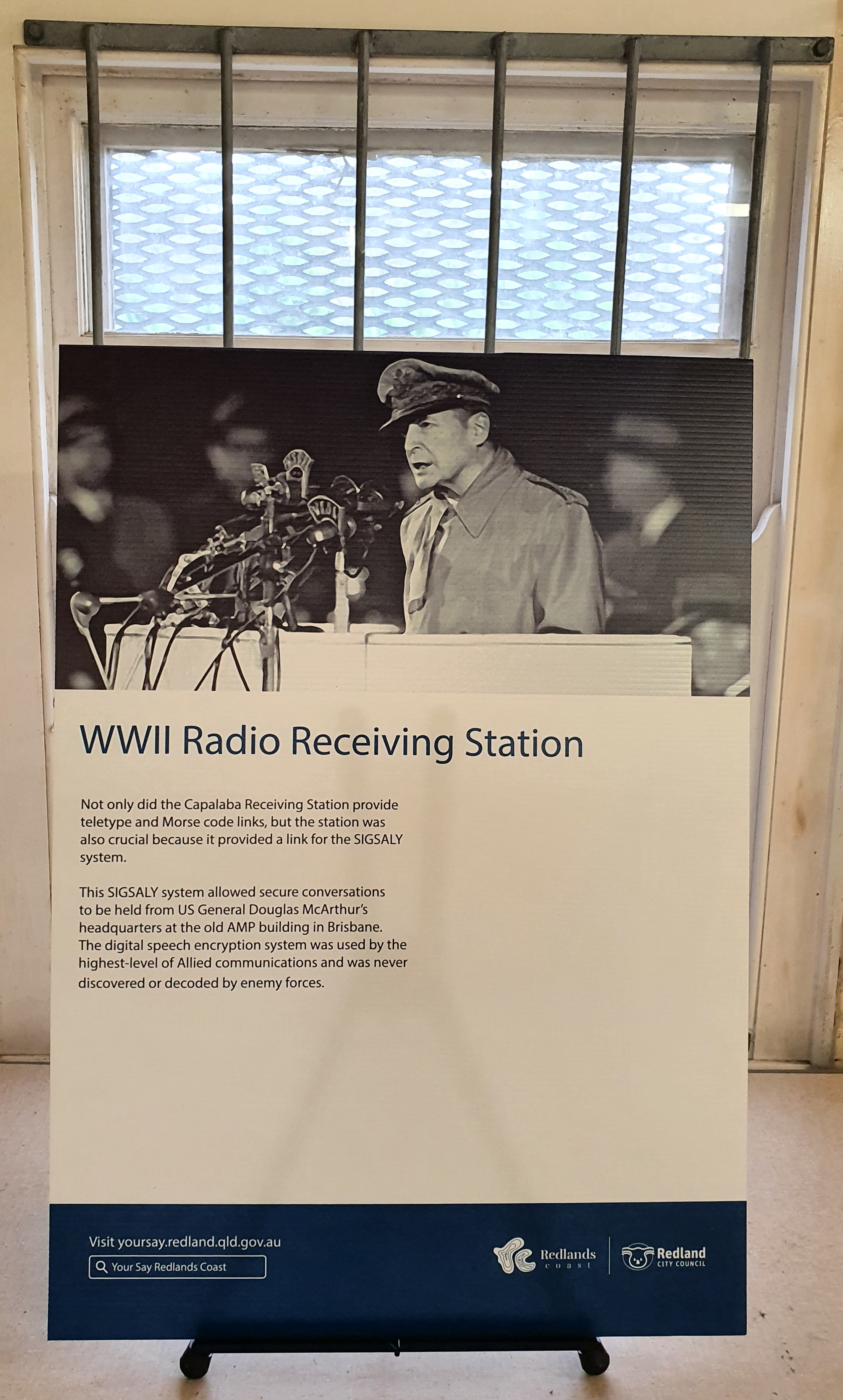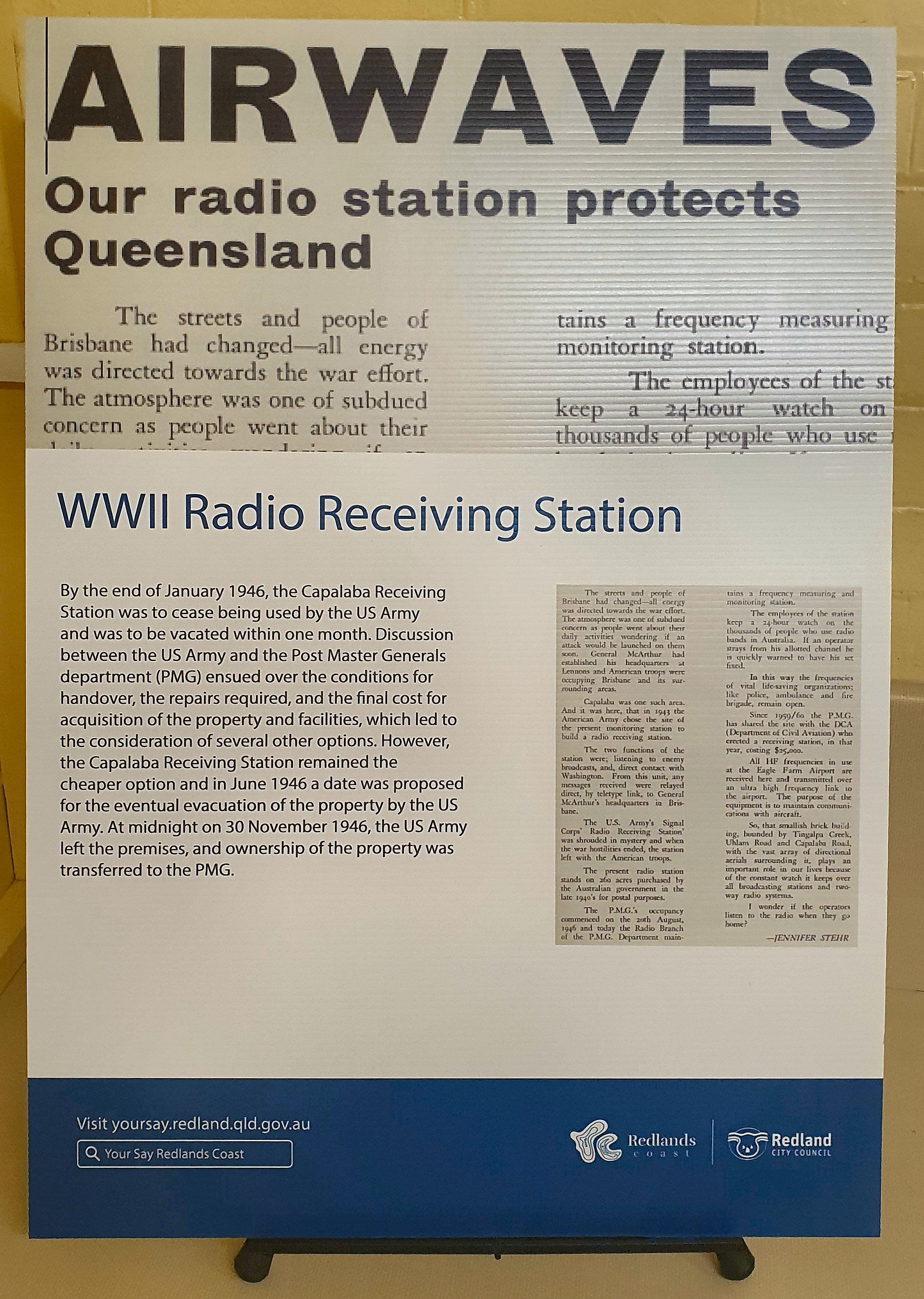
|
Vol 74 |
Page 14 |
Privacy Policy | Editorial Policy | Profit Policy | Join the Association | List of Members | Contact us | Index | Links
Back Go to page: 1 2 3 4 5 6 7 8 9 10 11 12 13 14 15 16 17 18 19 20 Forward
World War 2 Receiving Station.
In July 1942 General MacArthur moved his General Headquarters for the South West Pacific Area (GHQ SWPA) to the AMP building in Queen Street, Brisbane. Initially he had set up his headquarters in Melbourne, but in July he and his staff relocated to Brisbane. MacArthur kept in contact with the United States and Washington DC via HF radio (from 5mhz to 21mhz), with a transmitting station at 180 Youngs Road, Hemmant and a receiving station 9km to the southeast, near Capalaba, both sites on the south side of the river and not far from the city of Brisbane.
The US Army Signals Corps built the transmitting station on many acres of land in Hemmant in 1943. The transmitter building was a tee shaped building. There were some 100 feet high directional rhombic aerials (and HERE) erected by the Americans at the Hemmant site which are now long gone, but the old transmitter building and diesel generator (250 kVA Buckeye) building still remain to this day.
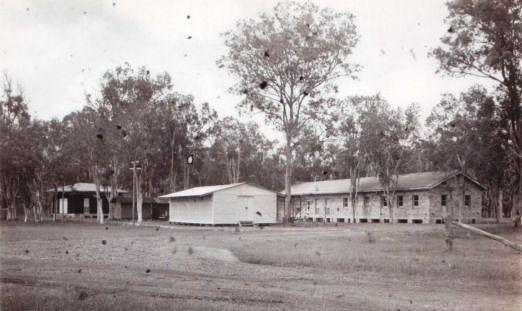
The US Army Signal Corps operated a powerful twin channel single sideband (SSB) transmitter linked to San Francisco as part of the Army Command and Administrative Network ACAN as well as a number of other transmitters to SWPA bases and other theatres. (Click HERE for an understanding of SSB) Channel A of the main transmitter carried encrypted telephone conversations from the AMP building while channel B was used for sending automatically encrypted teletypewriter generated messages from Base Section Three Headquarters in Somerville House Girl’s School at South Brisbane.
From June to September in 1942, the US Army Signal Corps also established the Birkdale (then called Capalaba) receiving station to the west of Old Cleveland Road East, south of Uhlman Road, on land owned by the Cotton family, (originally known as Willard’s Farm). This area was selected as it was vacant and the land was damp and soggy which made it a sensitive area for radio reception. A Wilcox receiver was used and teletype equipment was also installed at the site. Messages were relayed by private telephone lines to Somerville House. The rectangular brick receiving building and the generator house still exist.
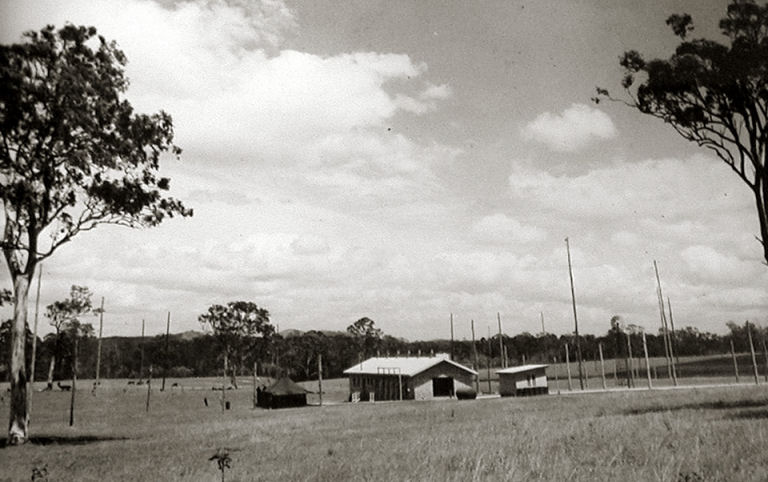
A number of rhombic antennas were established around the building and these could be switched when trying to DF Japanese signals.
The Cottons were told that the US Army would return the land to them when the war was over, but that never happened. The walls of the building were 18 inches thick and reinforced to take a bomb blast. The door was set back for further protection. No sensitive equipment was placed near the doors and windows. All cables were under the floor.
Outside, beside the receiving station, a small camp was set up of tents for the radio specialists and guards who guarded the facility. They all worked in shifts. Also a cookhouse was built. The Station was vital for communications in the Pacific as it was able to transmit as well as receive.
At times, General MacArthur decided to sleep at the receiving station. He had to maintain communications with the US fleet at all times and couldn’t risk the landline between the receivers and his headquarters in Brisbane being damaged. MacArthur was able to communicate with the United States via encrypted teletype messages within minutes, a vast improvement on the time-consuming relayed Morse code that the radio network replaced.
Today, one of south-east Queensland’s most significant and intact examples of World War II infrastructure has been entered into the Queensland Heritage Register. Most people driving on Old Cleveland Road East at Birkdale will travel by the receiving station’s unobtrusive driveway without realising they are passing one of the South Pacific’s most important World War II communications centres.
Specific elements of the receiving station complex that were entered into the heritage register include:
-
The receiving station building, a single-storey, low-set brick building with gabled roof, including operations and equipment rooms and domestic quarters with bedroom, office, kitchen, bathroom and toilet.
-
The centre’s remaining antenna array.
-
A single-storey concrete generator outbuilding.
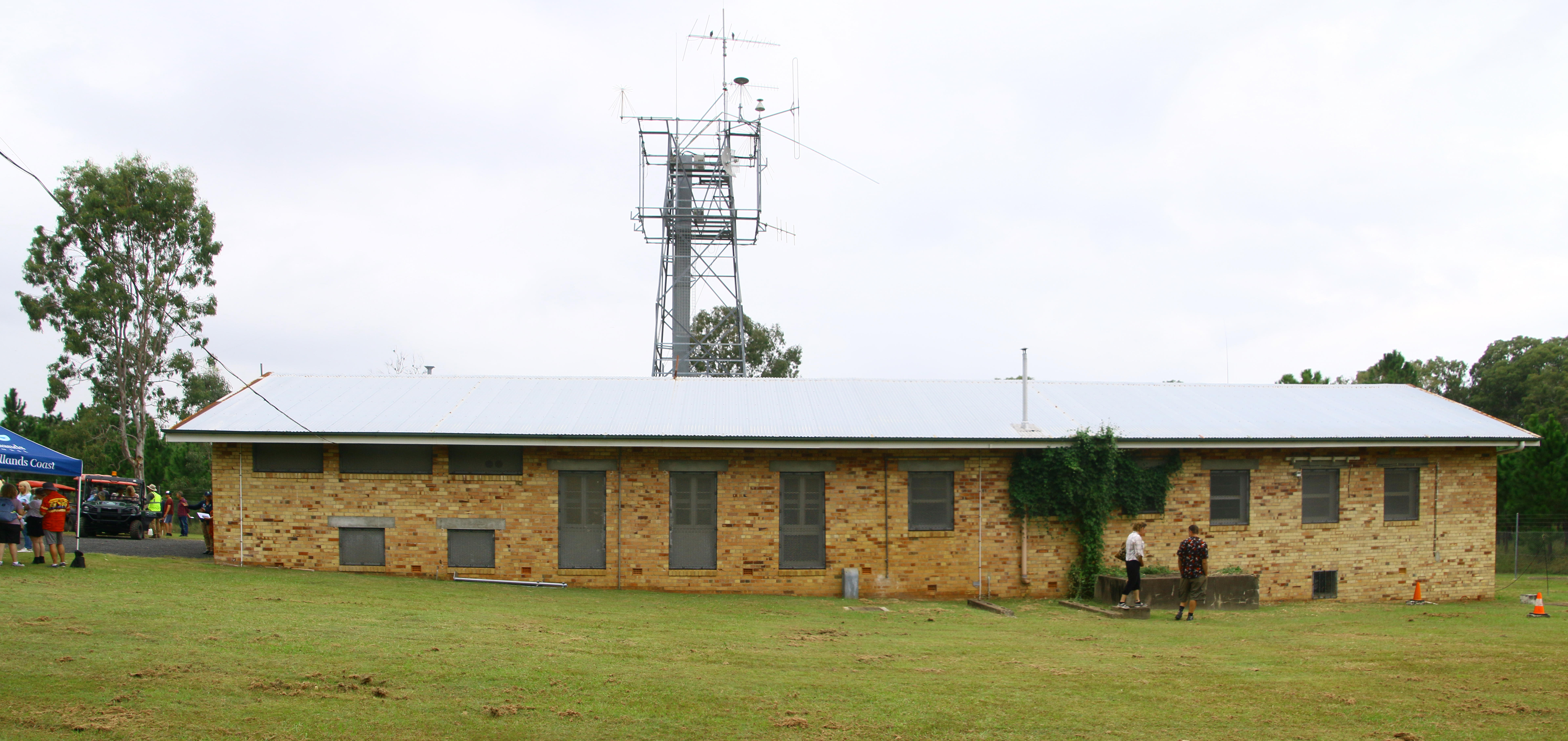
The building was used by the Postmaster-General’s Department (PMG) after the war, the Commonwealth acquiring the land in 1948. The complex’s surroundings are much the same today and that, and the fact that it remained in use until 2017 as a Commonwealth radio testing site, have helped it remain intact and in exceptional condition. The Commonwealth Government sold the site to the Redland City Council in 2019.
Initially the Federal Government wanted to sell the land for housing, but the community hoped to preserve it for a future university. Redland City Council begged the Federal Government to enter “urgent negotiations” with them to prevent the land being used to build a housing estate as the Queensland Government and Council had earmarked the site for “community or education” purposes. Then, after being accused of not listening to locals, the Federal Government made a U-turn and agreed to sell the land to Council.
It was via this, now heritage listed, important US Army station that Australia learned that the war with Japan had ended, marking the end of World War 2. Redland Council has prepared a heritage management plan for the site which is one of the last remaining WWII radio links between the US and Australia. During WW2, there were other military radio installations in the Brisbane area, including at Rocklea, the Redland Bay Golf Course, and at Hemmant, however, the Rocklea and Redland Bay infrastructures are long gone and the building at Hemmant, which resembled the Birkdale building, was converted into a private house (below) in the 1980s."
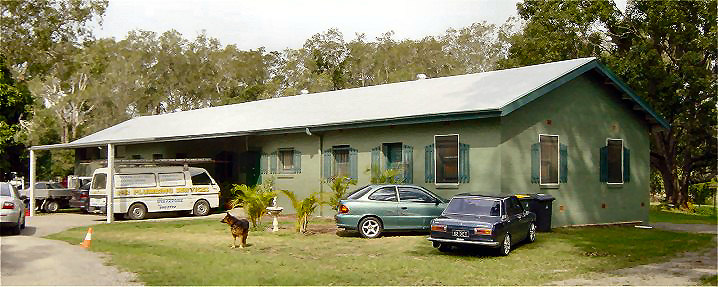
Redland Council plans to transform this important 62-hectare parcel of land, which is rich in environmental, historical and cultural heritage, into a giant community hub and is seeking community input for its future use. Council opened the site to the Community over the Friday, Saturday 17th and 18th April, for people to come, look over the site, enjoy themselves and to make suggestions for its use. Hundreds of people, some young, some old, some families with small kids, came and enjoyed the day. Unfortunately, the weather on Saturday wasn’t the best, but that didn’t seem to matter. People were grateful for the opportunity to see and explore the land that until now had never been open to the public.
Council had a trackless train which transported people around the site, a number of 4 wheel drive buggies were on hand to move those with many birthdays under their belts and many people gave up their weekend to volunteer and help Council with the event.
Also on the land is a farm homestead and its buildings dating back to the 1800s, which is now also heritage listed.
Council has an interesting web-site which contains a virtual tour of the parcel of land, you can access that HERE.
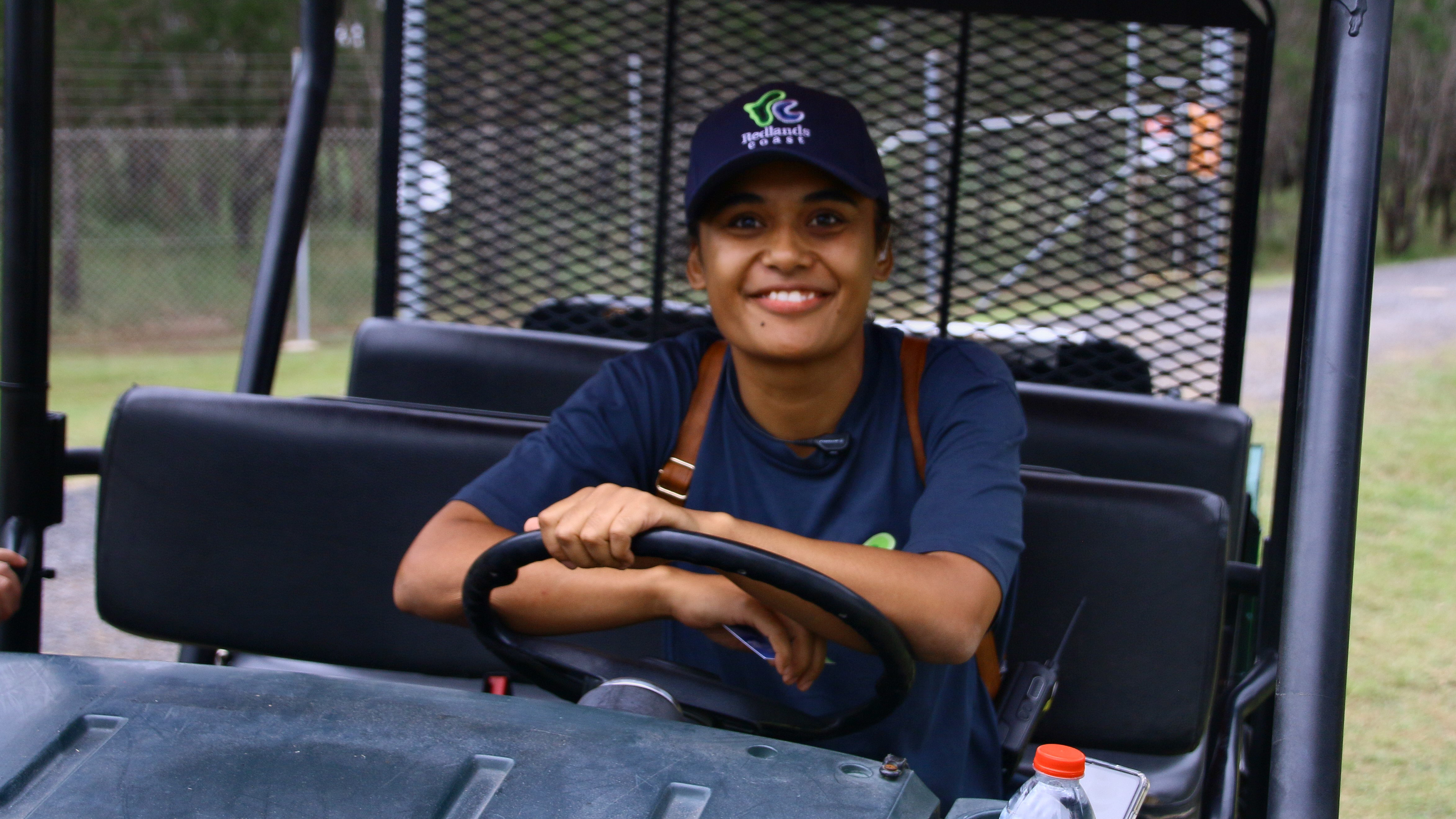
The lovely Mayella Dewis, one of the many volunteers who gave up their time to transport people around the site. Mayella told us she has a brother who is in the RAAF and who is posted to Willytown.
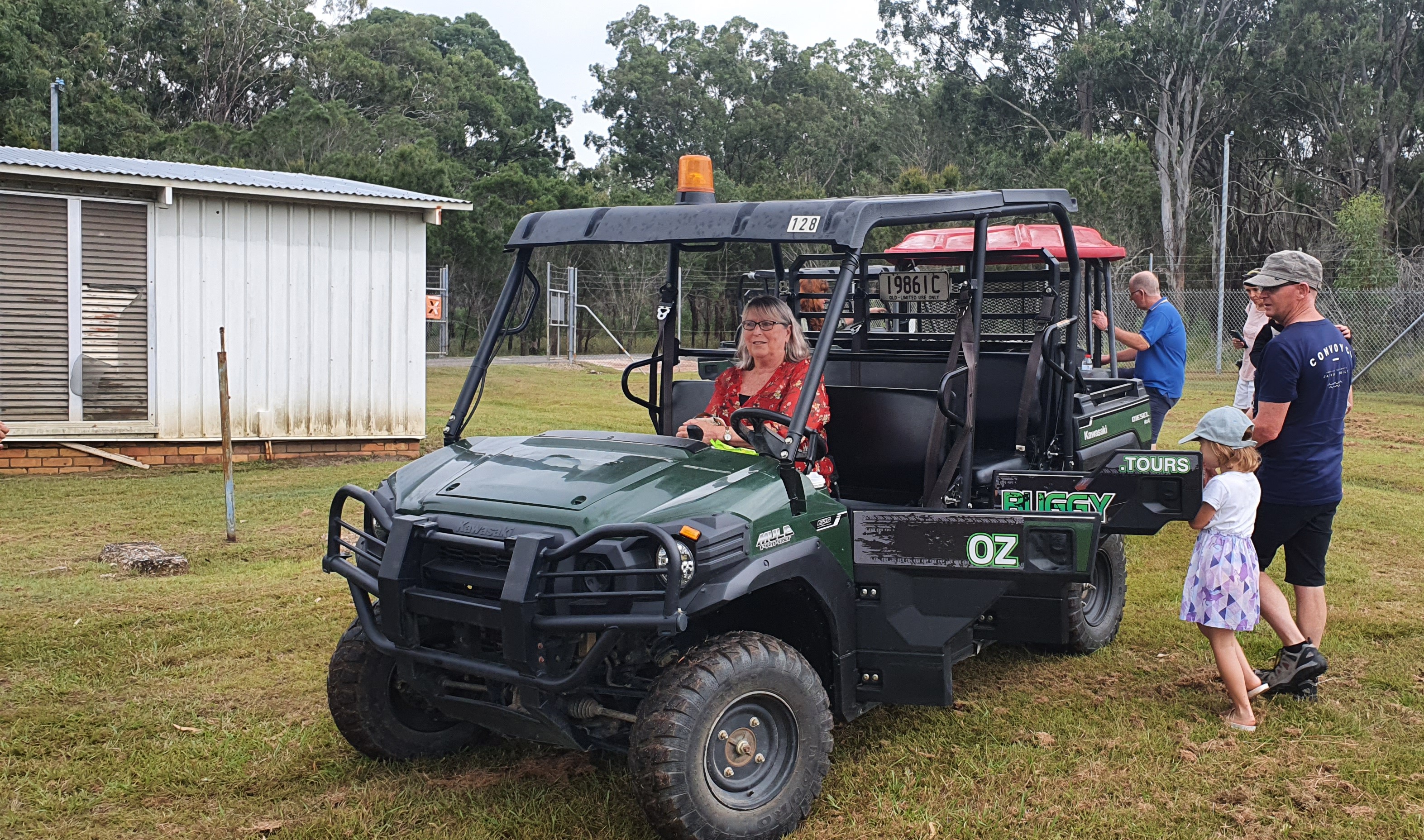
Carolyn Davis enjoyed the comfort of one of the many buggies.
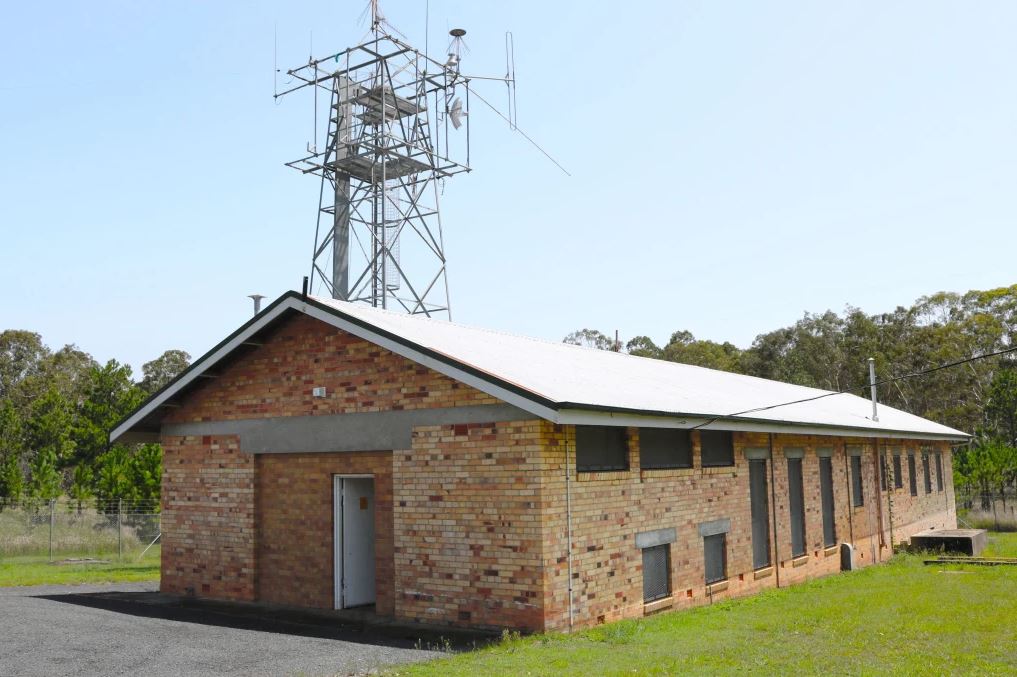
The old US Army receiving station.
The interior of the receiving station. Unfortunately all the original equipment has long since gone but there are a number of signs in the building showing what was once what. Click each sign to be able to read it..
Passenger: How often do planes crash?
Hostie: Just once!
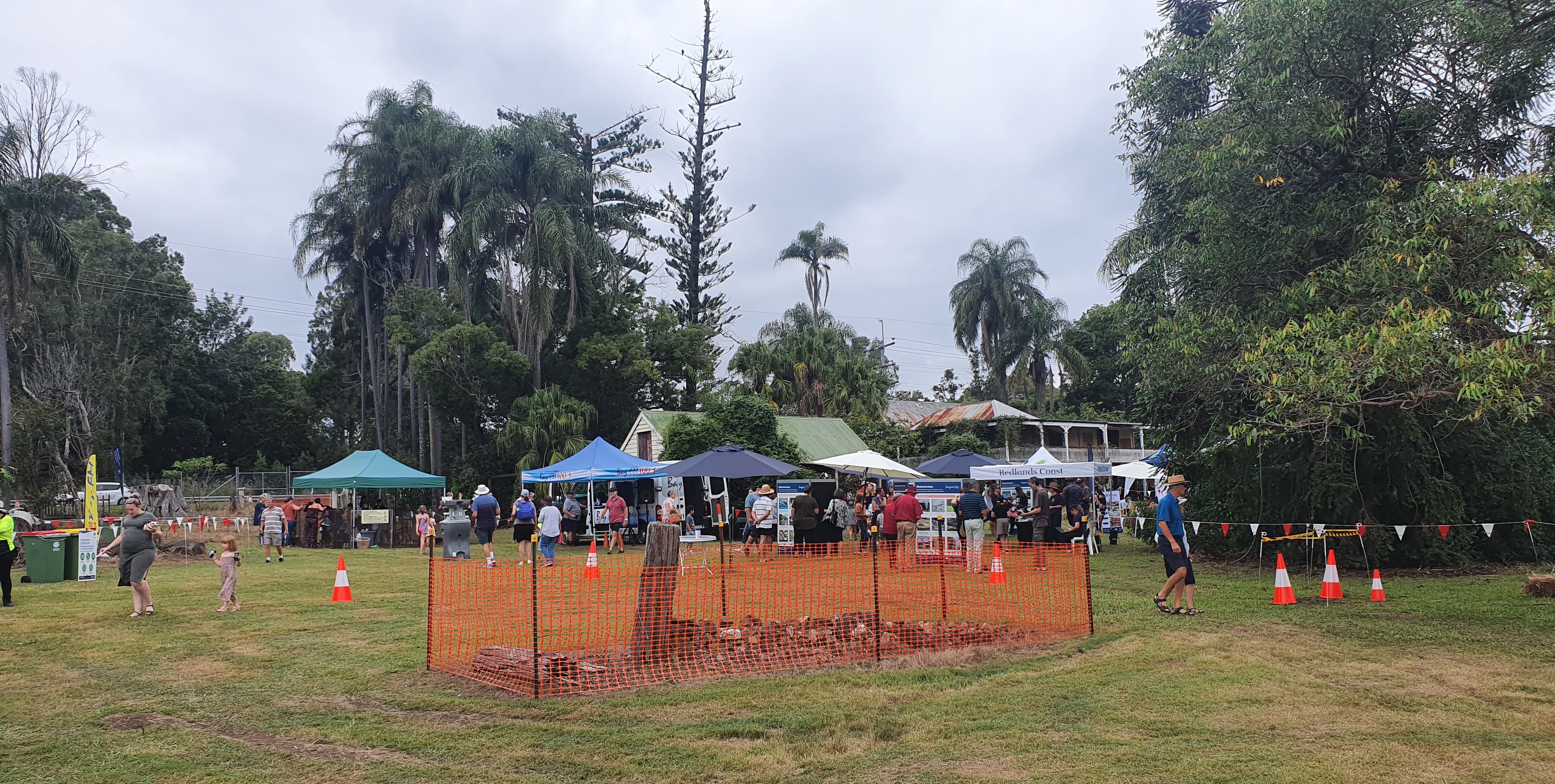
Some of the amusements and info stations provided by Redland City Council. The old Willards' farmhouse can be seen in the background.
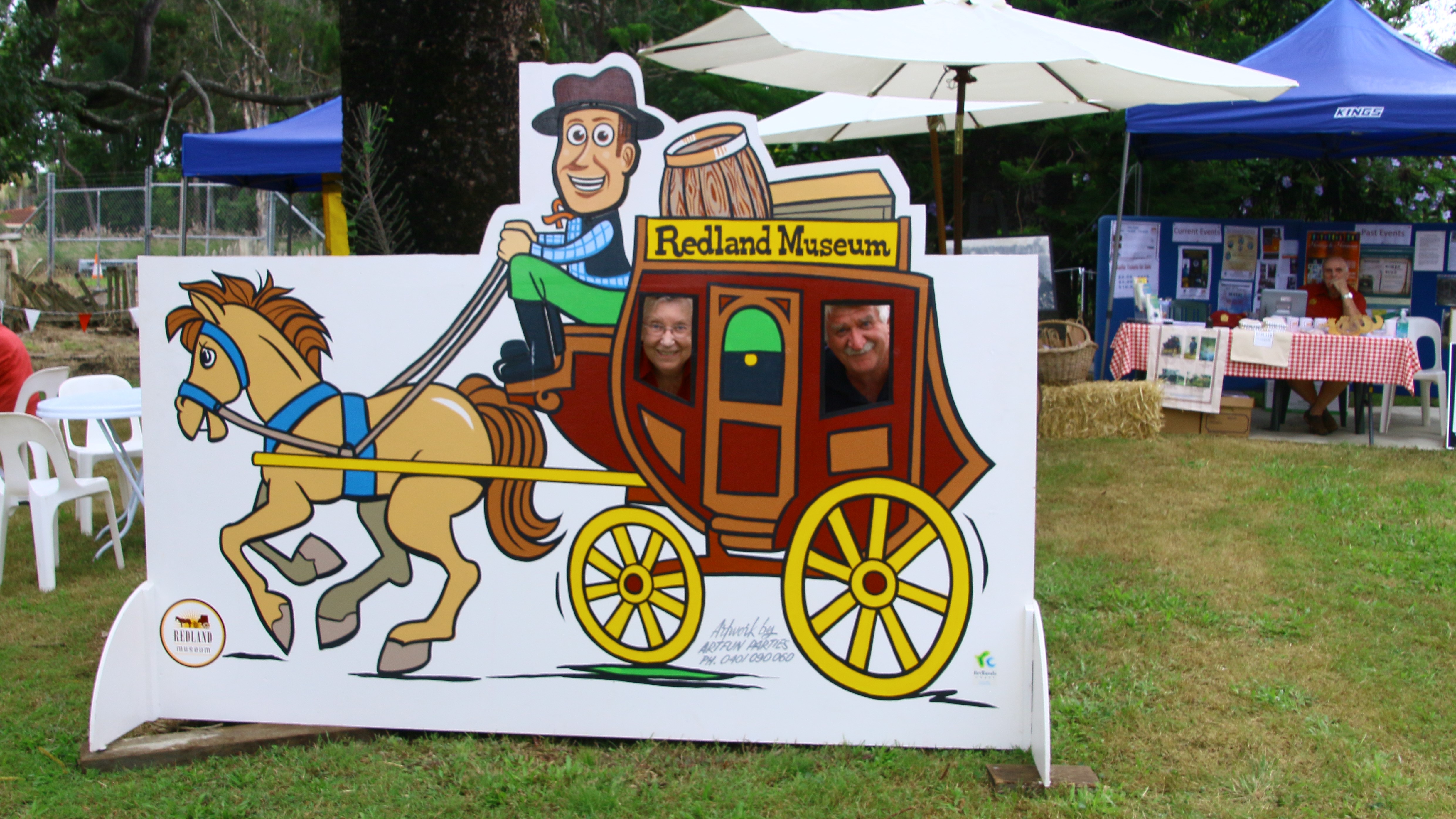
The Redland Museum had a display with a marquee selling the most delicious Devonshire tea scones. We had to try a couple - in the interests of science of course and they got our thumbs up. They also had the cut-out statue in which kids can pose and have their photo taken. The delightful lady from the museum conned a big kid to pose too.

A couple of hundred metres or so from the receivers is where some of the rhombic antennas used to be erected, long gone now of course, but blocks of cement can still be found which were footings for the antenna masts. Council provided the little train for those wishing to see the site. Rumour has it that this was the site where the Ozzies taught the Yanks how to play cricket.
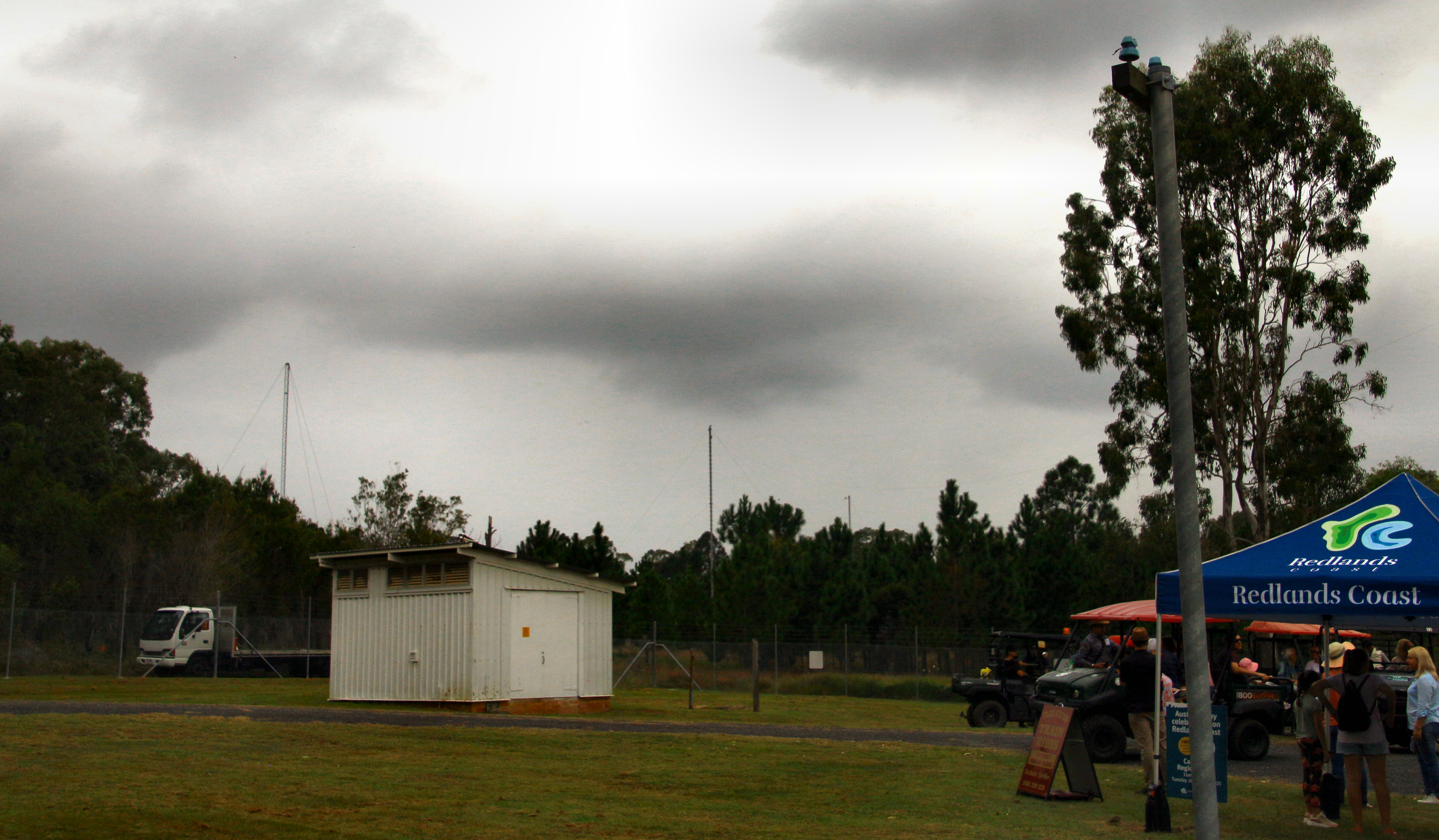
One antenna array still remains, the masts can be seen from the Receiver Station and these have also been heritage listed. The shed housed the generator which provided power to the receivers.
My kids say they want a cat for Christmas.
Normally I do a turkey but hey, if it’ll make them happy!
Council also has plans to renovate the old Willards' farmhouse and surrounding buildings. The farm, which was established in 1886, was the first in the Redland area and is now heritage listed. The property is currently in a sad state and is fenced off but once restored could be made available for weddings and other celebrations and anniversaries. You can see further info HERE
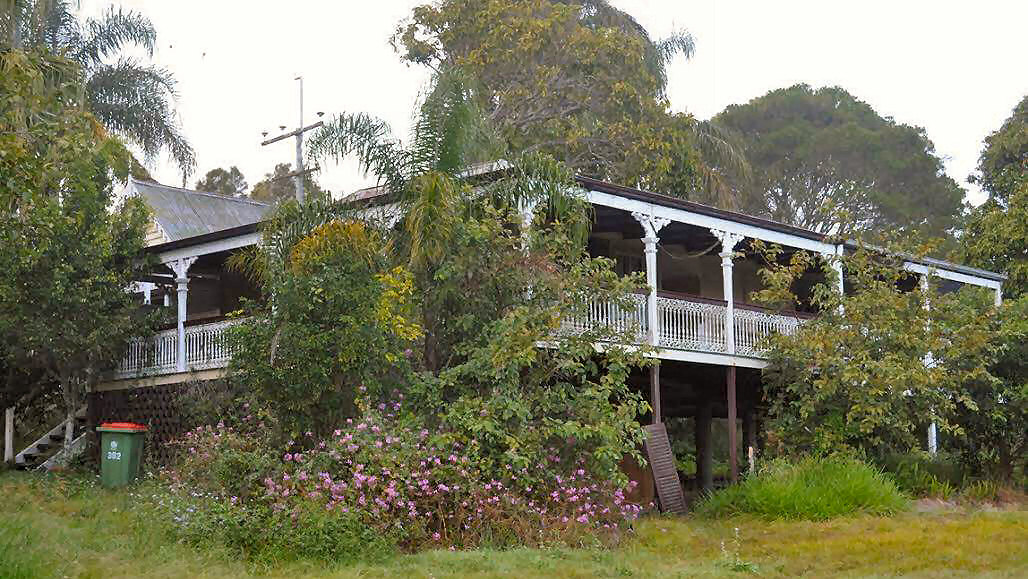
.jpg)
The old dairy, part of the Willard farm. This building was in operation until the 1920s. The milking shed and smaller accompanying sheds were constructed using materials and techniques consistent with the Willard brothers’ bush carpentry skills. Both of those early out-buildings were constructed from a timber slab, with adzed (ancient cutting tool) top and bottom plates. Tie beams and structural posts combined substantial square-adzed and rough-hewn timbers, and the longevity of these structures reflects their solid construction. Looking at the dairy shed, the workmanship of the structure is still evident today.
There is more information HERE
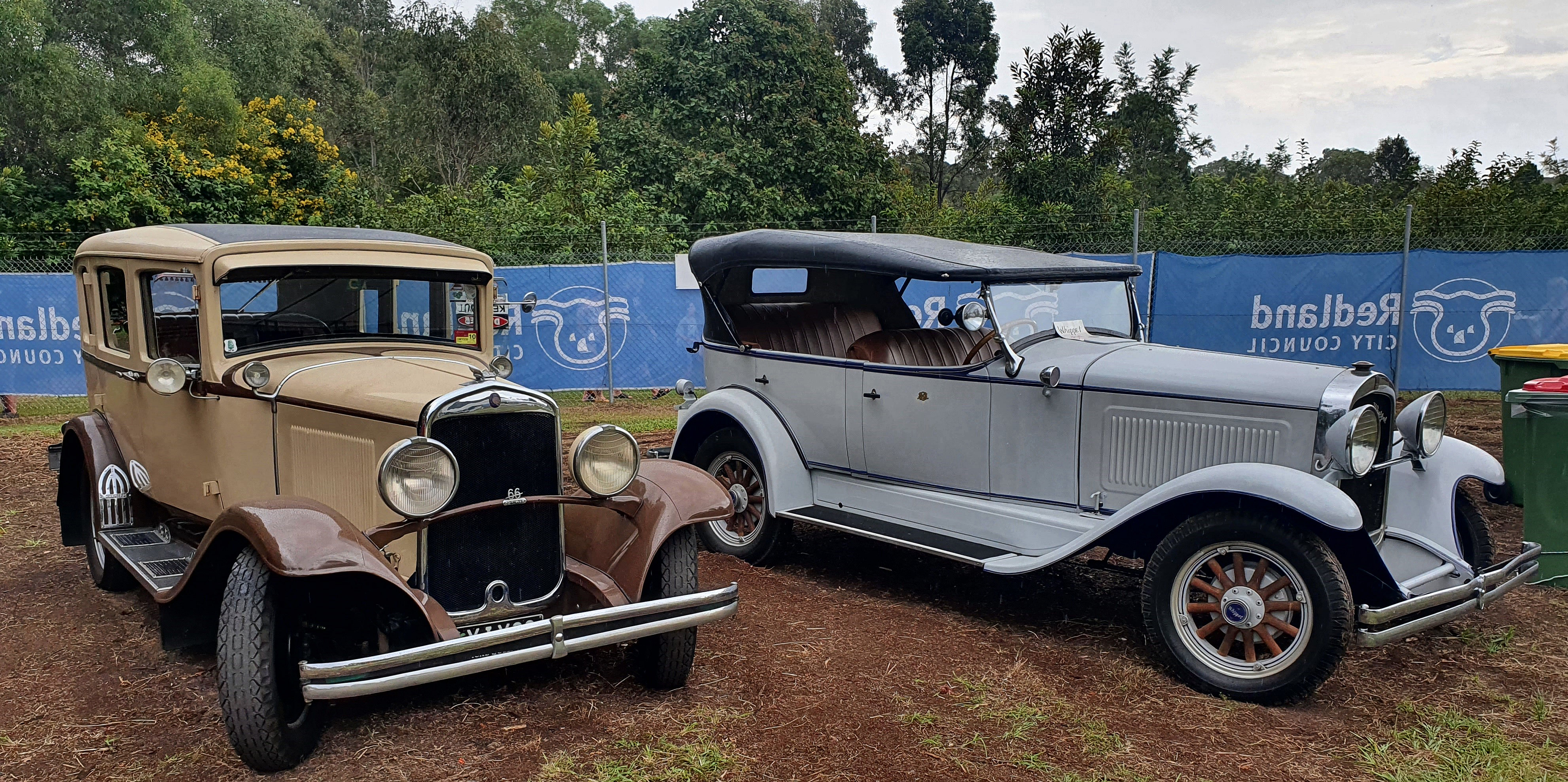
Also on display - on the left, a Chrysler 66, from 1930 and on the right a 1929 Whippet.

